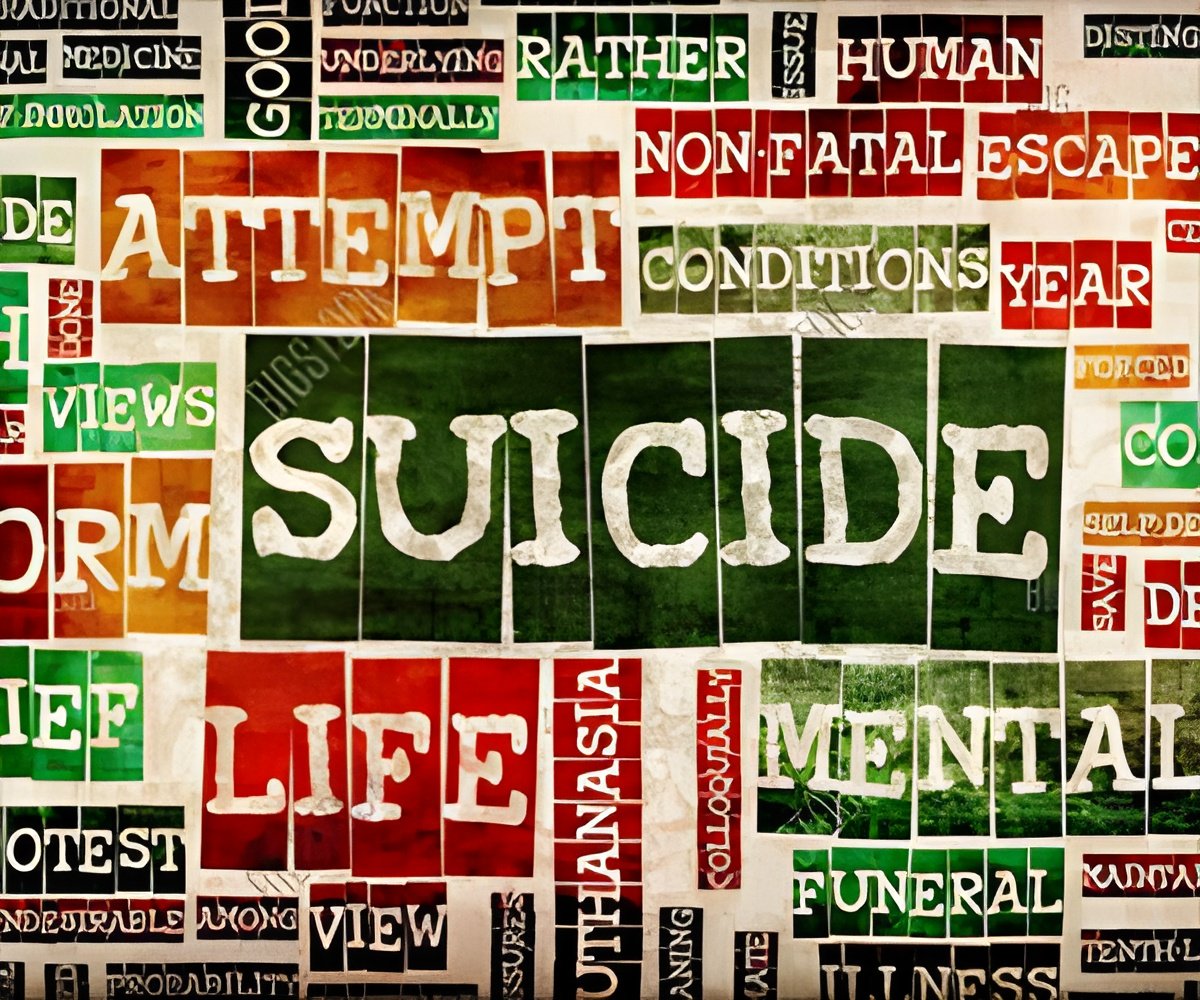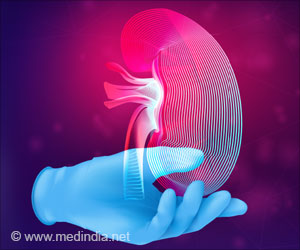
Transgender and gender diverse (TGD) youth are over five times more likely to screen positive for suicide risk compared to cisgender females, who themselves screen positive at higher rates than cisgender males. Between November 2019 and August 2022, suicide risk was identified in 78% of TGD youth screened in the Emergency Department, with one in four reporting active suicidal thoughts.
“Our study found elevated suicide risk in transgender and gender diverse youth, even in patients who presented to the ED for reasons other than mental health concerns,” said lead author Amanda Burnside, PhD, pediatric psychologist at Lurie Children’s and Assistant Professor of Psychiatry and Behavioral Sciences at Northwestern University Feinberg School of Medicine. “Our findings underscore the importance of suicide screening for all youth coming to the hospital, so that we can intervene and connect them to appropriate services.”
Dr. Burnside and colleagues found that among TGD youth who presented to the ED for non-mental health reasons, one out three patients screened positive for suicide risk and one out of 50 had active suicidal thoughts.
Suicide is a leading cause of death for youth ages 10-24 years, and suicide rate in this age group increased 62% from 2007 through 2021, according to data from the Centers for Disease Control and Prevention (CDC). A recent nationally representative survey of U.S. high school students (the Youth Risk Behavior Survey) also found that in 2021, LGBTQ+ high school students were nearly four times as likely as their heterosexual peers to attempt suicide during the past year, with more than one in five reporting having attempted suicide.
“Since 2019, when Lurie Children’s ED started suicide screening of all patients 10 years and older, we identified suicide risk in one out of four visits,” said senior author Jennifer Hoffmann, MD, MS, Behavioral Health Medical Director in the ED at Lurie Children’s and Assistant Professor of Pediatrics at Northwestern University Feinberg School of Medicine. “Universal suicide screening is still new for children’s hospitals, but it is a growing trend.”
For the study, researchers analyzed electronic medical record data from ED visits for youth ages 8-25 years who received suicide risk screening. Out of 12,112 ED visits included in the study, 565 visits were from TGD youth. While TGD youth accounted for 5% of the sample, they represented 15% of all positive suicide screens.
“The disproportionately high rates of suicide risk that we identified in transgender and gender diverse youth might be due to multiple reasons, such as stigma, discrimination, bullying and lack of family support,” said co-author Aron Janssen, MD, Vice Chair of Clinical Affairs at the Pritzker Department of Psychiatry and Behavioral Health at Lurie Children’s and Associate Professor of Psychiatry and Behavioral Sciences at Northwestern University Feinberg School of Medicine. “To help save lives, pediatricians also need to screen these young people for depression and suicide risk.”
Advertisement



